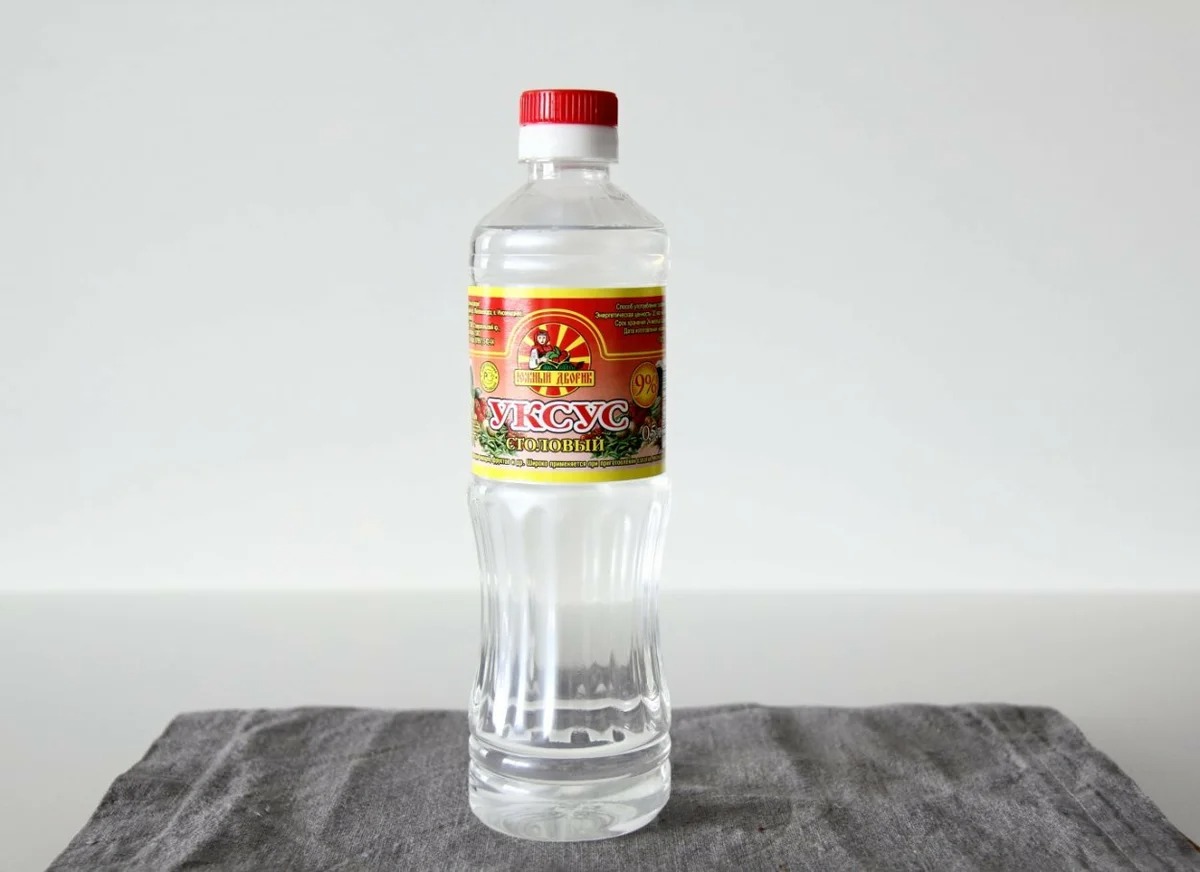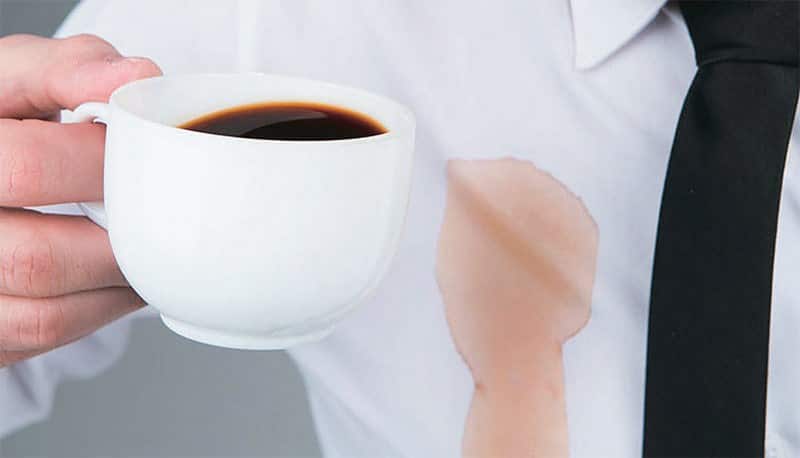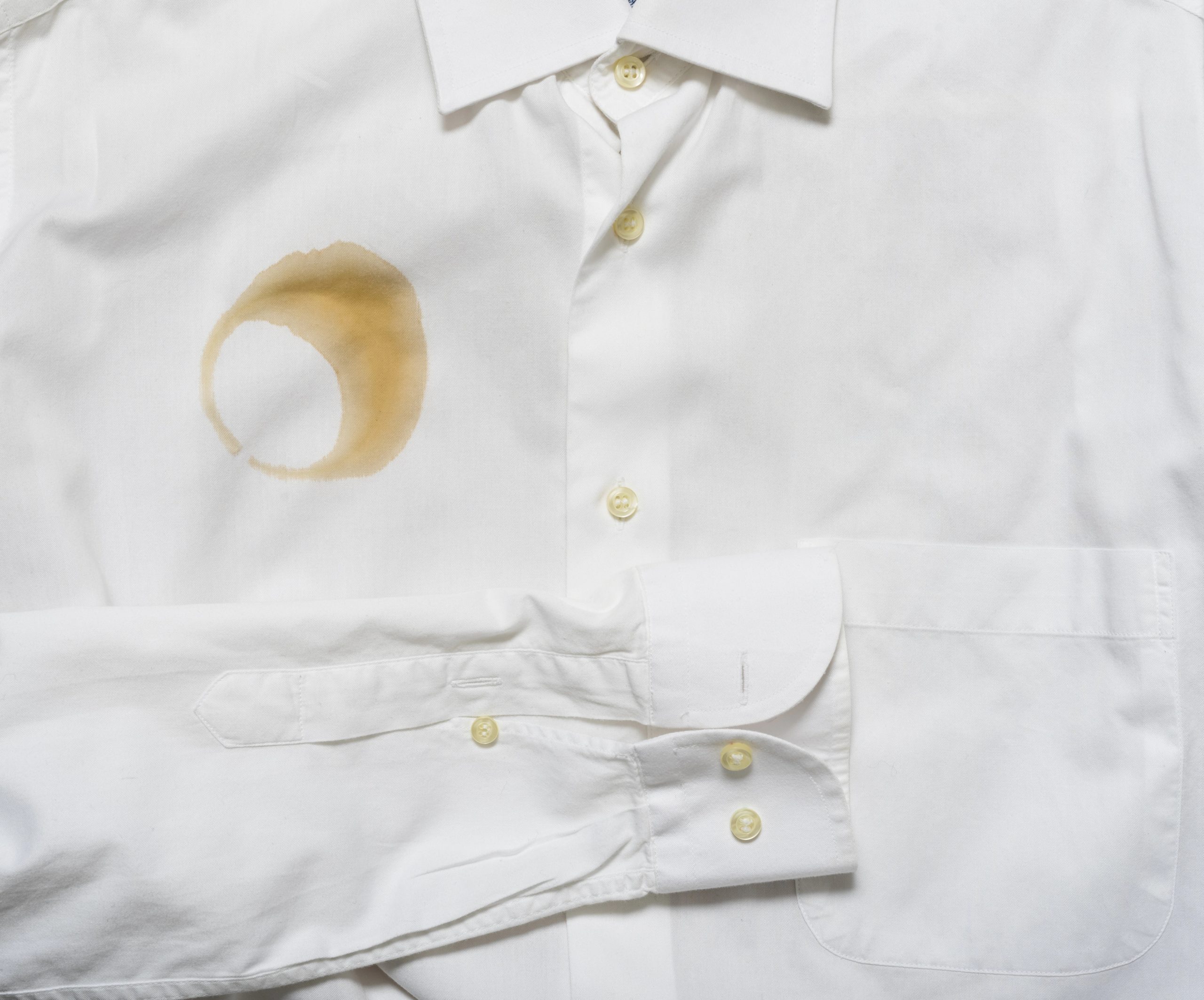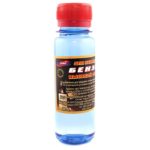How to remove coffee from clothes
What could be better than a cup of aromatic coffee in the morning? And what could be more annoying than a coffee stain planted on a white shirt? And if there was no stain remover at hand, available tools will help to solve the problem. So what will help remove coffee stains?

"Ambulance" in the fight against coffee stains
The following remedies are recognized as the most effective in the fight against fresh coffee stains:
- Salt. First, moisten the stained area of clothing with plenty of water, and then sprinkle with salt on top. Leave on for 30 minutes. Then wash in the washing machine.
- Laundry soap. Moisten the stain with hot water on the wrong side. Lather generously with laundry soap. Leave it on for about 40 minutes. Just rinse in cool water.
- Glycerol. The product is mixed with salt in a 2: 1 ratio. The mixture is applied to the contaminated area and left to soak for about 40 minutes. Then the item is washed in the usual way.

Important! The sooner you start removing coffee stains, the better the result is guaranteed. In no case do not postpone the decision of the issue until later.
6 popular remedies
Very often, putting things with coffee stains in the washing machine, you take out things, all with the same stains, only paler. How to solve the problem radically? How to wash coffee off your clothes?
- Liquid soap. Today this remedy is available in every home. Make a soapy composition: 1 tablespoon in 20 ml of water. Apply to the stained area and then pour boiling water over the area. You will be surprised to notice that the stain disappears right before your eyes.

Wash the stain with soap, if the stain has disappeared, then wash the thing in your usual way. - Soda. Another universal remedy, so to speak, for many troubles. To remove a coffee stain, dilute half a teaspoon of baking soda in 1 liter of water. Soak a soiled item, such as a T-shirt or shirt, in a baking soda solution. Then prepare a regular soapy solution of powder and water (as for a regular wash), and after the baking soda, soak the thing in it.

Finally, wash the item in the usual way in the washing machine. - Vinegar. Mix 1 teaspoon of acetic acid with 1 teaspoon of baking soda. Rub the resulting mixture into the stained area. Leave it on for half an hour. After that, wash the item as usual.

Work with vinegar only with gloves, even if diluted. - Ammonia. A corrosive and highly corrosive substance, it will be invaluable in fighting coffee stains. Dissolve 6 teaspoons of ammonia in 1 liter of water and add shavings to it. Pour the solution into a basin and wash the stained item in it. Then wash the item in the washing machine.

To remove coffee stains from synthetics, stock up on water and alcohol. - Petrol. With this tool, you need to be extremely careful. Soak a cotton ball in the gasoline and wipe the stain with it. Then wash the item with your hands in a soapy solution. Finally, rinse in clean cool water.

Gasoline is a fat solvent, so it does a good job of removing coffee with milk stains. - Hydrogen peroxide.This tool has long ceased to have an exclusively medical purpose. It is very often used to remove various stains. After mixing peroxide and ammonia in equal proportions, pour the composition over the stained area. Leave it on for 20-30 minutes and rinse thoroughly.

This option is indispensable for thick cotton fabrics.
Removing coffee stains from white clothes
There are several proven methods. By the way, we note right away that many housewives note that getting rid of stains on white clothes can be even easier than with colored ones. The point is that you can use the "services" of the bleach.

So, in order.
- Mix 1 tablespoon of baking soda with 2 tablespoons of dish soap. The result is gruel. Apply it to the stained area and spill generously with hydrogen peroxide. Leave it on for 1 hour. Then wash in the washing machine as usual.
- Spread gasoline for refueling lighters (also called refined gasoline) evenly over the stain. Then rinse thoroughly and wash in the washing machine.
- You can also get rid of coffee stains by boiling. Today, rarely anyone resorts to this method, but a few decades ago it was almost the only way to return things to their pristine whiteness. Pour water into the enamelware so that the item is completely immersed, add the Whiteness agent, stir and immerse the soiled item in this composition. Place the container on fire. As soon as the water boils, reduce heat and simmer the item over low heat. For the stain to disappear completely, it will take from 30 minutes to one hour to boil. After that, the thing needs to be rinsed.
- Liquid "Domestos". You just need to apply it to the dirty area, rub it lightly with a brush. Be sure to work with gloves, as this substance contains chlorine. After that, it is recommended to wash the item in the usual way.
Remember, the stain removal method you choose should work for the fabric as well. So, for example, household chemicals will be destructive for acrylic and viscose. For these fabrics, glycerin is preferred.

How to remove an old coffee stain
It is worth noting that stubborn coffee stains are considered one of the most difficult to remove. And if you didn't wash the stain right away, try one of the following solutions to the problem:
- Ammonia solution. One teaspoon of ammonia solution is diluted in 200 ml of water. The mixture is poured into a basin with warm clean water and stained clothing. Soak for 20 minutes and then rinse well.
- Soda. 6 tablespoons of soda are poured into a bowl of warm water (about 10 liters). The stain is generously lathered with laundry soap and placed in a soda solution. Soak for about 40 minutes, and then machine wash as usual.
- Alcohol and turpentine are mixed in a 1: 1 ratio. Use a hand or a cotton swab to apply the mixture to the coffee stain. Leave on for 1 hour. Then wash in the usual way.

How to work with different fabrics
The method of cleaning the fabric is selected depending on which cloth you spilled coffee on. And before you start removing the stain, test the product on an inconspicuous area.

Thick cotton and linen
These are the most "hardy" fabrics. Bedding sets made of cotton or calico, linen sundresses and trousers will easily withstand most stain removers. Moreover, they are not afraid of high temperatures.However, boiling the linen, using bleach and concentrated acids can hopelessly ruin your favorite item.

Remember that natural fabrics with a weak twist very quickly absorb moisture and are difficult to rinse out, so you should be especially careful when using bleach with bleach and strong scent products to clean linen fabrics.

Denim
Although denim is a durable and permanently colored fabric, elastane has recently been added to its composition, which requires gentle care and does not withstand the effects of harsh bleaches and stain removers.

Colored jersey
Perhaps one of the most capricious fabrics. You can spill a glass of hot water on the fabric, and there will be no harm. But if you soak a knitted thing in water, with a temperature above 45 degrees, not only the color, but also the structure of the thing will be hopelessly spoiled. Hydrogen peroxide, bleach with chlorine, and a mixture of vinegar and soda are contraindicated in knitted fabrics.

Satin, wool and silk
Natural fabrics are the most "capricious" and demanding in their care. It is with regard to them that the rule is relevant: before removing the stain, try the action of the product on an inconspicuous area, in order to avoid unpleasant surprises.

Silk and wool will not tolerate vinegar, citric acid and hydrogen peroxide treatments. In addition, silk does not tolerate hot water, and woolen items will suffer from prolonged soaking.
Artificial fabrics
Synthetics will not forgive you ammonia, and will not tolerate soaking in hot water.

Leather and suede
For suede, the ideal way to get rid of coffee stains is to use dishwashing detergent. In this case, you need to try to make the composition more foamy than wet - abundant moisture will ruin the pile.

For the skin, moisture is also destructive, as well as for suede, therefore, semi-dry wipes or sprays are used to remove stains.

There are plenty of ways to get rid of coffee stains on your clothes. The main thing is to act quickly and not postpone the laundry indefinitely. Well, if you don't have an industrial stain remover, use the folk remedies that are available in every home.

Video: how to remove coffee stains from clothes









